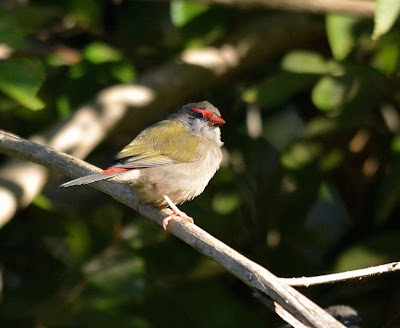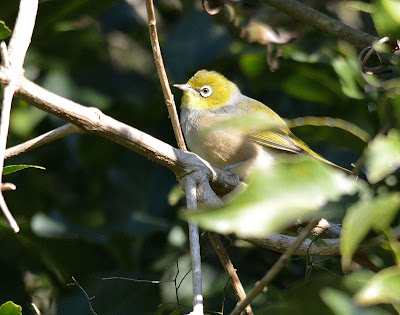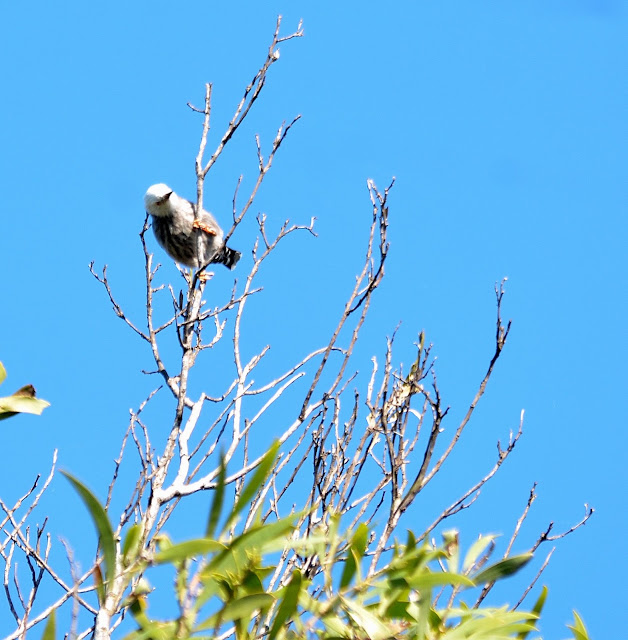40 members of the Gympie Fieldnats took advantage of the beautiful weather on Sunday to travel to a picturesque property.The property consists of 30 acres with vine scrub/soft rainforest in part of the highest regions of the Amamoor district. Reaching the developed part of the property, members were delighted with the vast outlook to the hills and vegetation around the surrounding area. 160 varities of trees and associated vegetation have been identified on this property.
Sections of the property have been cleared in the past. As with many acres of the land in the areas around Gympie small land holdings were the usual, this particular one grew pineapples, and before that citrus. A large rock wall is still in existance, results of many hours of picking up the rock out of the fertile soil. Evidence still exists in the adjacent property of terracing of the hillside by former occupants.
Cleared areas adjacent to thick vegetation enabled members to sight birds and trees with ease. One of the early sightings of the day was that of a bird not always seen. An Eastern spinebill was spotted hovering around a Shiny-leaved mistletoe (Benthamina alyxifolia) growing on a Brachychiton discolor (Lacebark) tree. These bird have been spotted around Mistletoes before on the outings, a tip to remember. ( no photo)
 |
| Un-identified scrub. |
A clump of trees with a selection of Mollotus, (Green, Yellow and Red Kamala) and lower vegetation was the home to a number small bird species. Those spotted were Red-browed finch,Silvereye, Variegated fairy-wren and Large-billed scrub wren.
 |
| Red-browed finch. |
 |
| Silvereye |
A large Jagera pseudorhus (Foambark) was growing on this northern facing hillside, a large number of seed showing evidence of a prolific flowering earlier.
 |
| Seeds on the Foambark tree |
 |
| Flowers of the Foambark tree. |
A steep walk down the hillside, cleared by the host, come out to the running clear Harry's Creek. Large Celerywood (Polyscias elegans) were providing food for the Brown cuckoo dove. Lomndra longafolia were growing profusely along the creek bank, (helping keep the water so clear), Cordyline rubra, and Giant Maidenhair (Adriantum formosum) comleted the lower level beauty along the creekside.
After lunch some members walked along the creekside to find some further delights, all enjoyed the stunning day.
 |
| Grey Fantail ----- very friendly ----- always a good companion on a forest walk. |
 |
| Eastern Yellow Robin |
 |
| Dusky Woodswallows ------ for their morning groom. |
 |
| Varied Sittella ------ our local ----- White-headed Sittella (leucocephala) ---- one of a small flock.----- not real common. |
 |
| Brown Honeyeater ------ common ----- identified by the small triangle behind the eye. |




